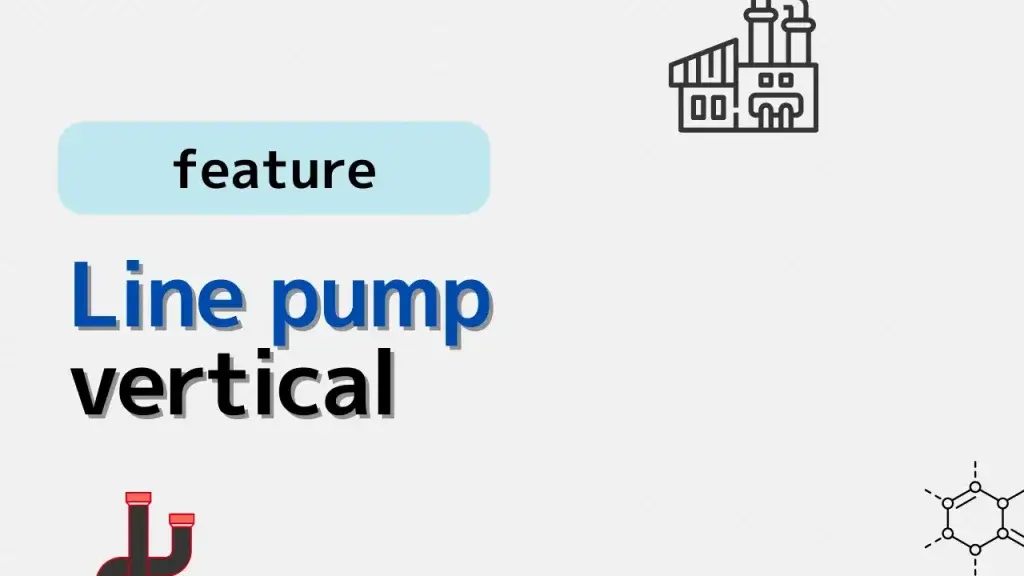In chemical and industrial plants, “line pumps” are often used to circulate liquids or transfer them from one unit to another. But what exactly is a line pump, and how is it different from other pumps?
This article gives a simple explanation for beginners—including its structure, typical use cases, and key benefits.
Introducing articles from plantengineering.com.
Line pumps are small, vertical pumps.
They are often used in plants where there are many horizontal pumps.
This post is in a series about pump device
Screw Pumps in Chemical Plants: Simple, Reliable, and Often Overlooked
Why Gear Pumps Are Ideal for High-Viscosity Liquids
Supplying Air to Diaphragm Pumps: What Beginners Need to Know
Where and Why Plunger Pumps Are Used: High-Pressure Solutions for Tough Applications
High flow rate and low head
Line pumps can achieve high flow rates but not high head.
Line pumps can only be used in limited locations, but they do have their uses.
Chemical plants have a variety of needs for flow rates and head, but batch plants have a relatively high need for low flow rates and high head.
Since they do not operate continuously, there is little need for high flow rates.
However, there are cases where high flow rates and little head are required, such as for utilities.
Low installation cost
One of the features of line pumps is that they have low installation costs.
Because they are small, they do not require a dedicated foundation.
The pump does not need to be installed on the ground and can be installed at a high position, minimizing piping.
Not very corrosion resistant
Line pumps are not very corrosion resistant.
Resin-based pumps are difficult to manufacture.
In the world of pumps, where horizontal pumps are common, there is not much need for vertical casings, and production volumes are low, so there are not many pumps made of corrosion-resistant materials.
Conclusion
Line pumps are a compact, practical choice for inline fluid transport in many industrial systems. Their simple structure and easy installation make them ideal for space-limited piping layouts.
Whether you’re designing a new system or maintaining an existing one, understanding how and where to use line pumps can help you make better design decisions.
